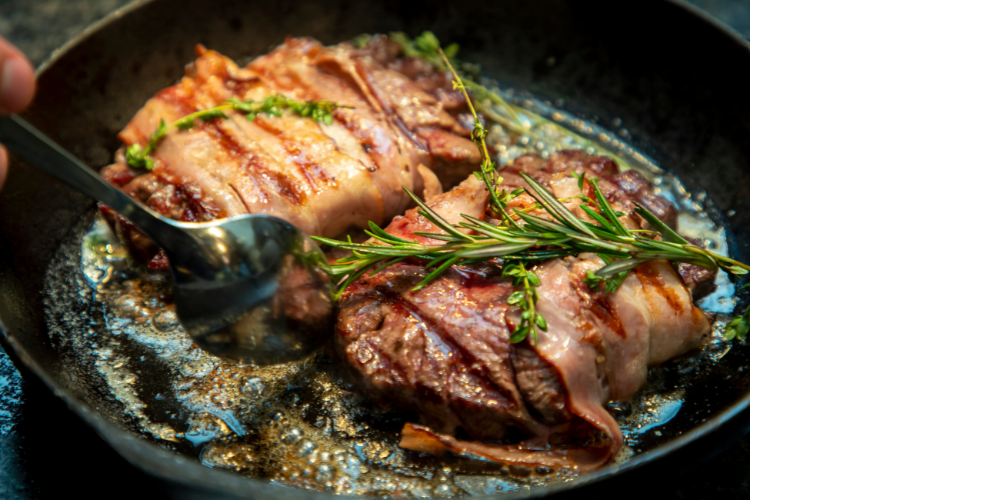Wild game is a red meat that can be substituted in many recipes that call for meat from domesticated animals.

Did you know…
- Meat labeled as “venison” can be meat from deer, elk, moose, caribou, antelope, and pronghorn.
- The animal’s age, diet, and the time of year in which it was harvested all affect wild game meat quality.
- Wild game offers an array of nutritional benefits and can be part of a healthy diet.
Common Types of Wild Game in Colorado
- Deer — meat is lean and has a gamey flavor
- Elk — meat tastes like mild (almost sweet) beef
- Antelope — meat is leaner, but similar in taste, to that of deer
- Bison — meat is described as having a sweeter, richer flavor than beef
Health Benefits of Wild Game
- Deer, elk, antelope, and bison provide protein, B-vitamins, zinc and iron.
- Wild game meats are typically leaner and lower in saturated fat (and sometime cholesterol) than beef and pork from domesticated animals. Because of this, wild game meats may also be less tender.
Healthy Cooking with Wild Game
Wild game can be incorporated into a variety of recipes and cooked in different ways to optimize flavor.
- For safety, cook ground game meat to 160 °F and steaks and roasts to 145 °F as measured with a food thermometer.
- The “gamey” flavor found in wild meat comes from the fat. Removing fat can help reduce that flavor, but it can also reduce the juiciness. Using spices and herbs can cover up the “gamey” flavor of game meats.
- Game meat is often leaner and drier than domesticated meat. Using a tenderizing tool or soaking meat in a marinade can help tenderize and flavor the meat.
- Make a marinade by combining fat (such as olive oil or vegetable oil), acid (such as vinegar or lemon juice), and flavor (such as herbs, spices, and/or aromatics like garlic, chilies, or ginger).


